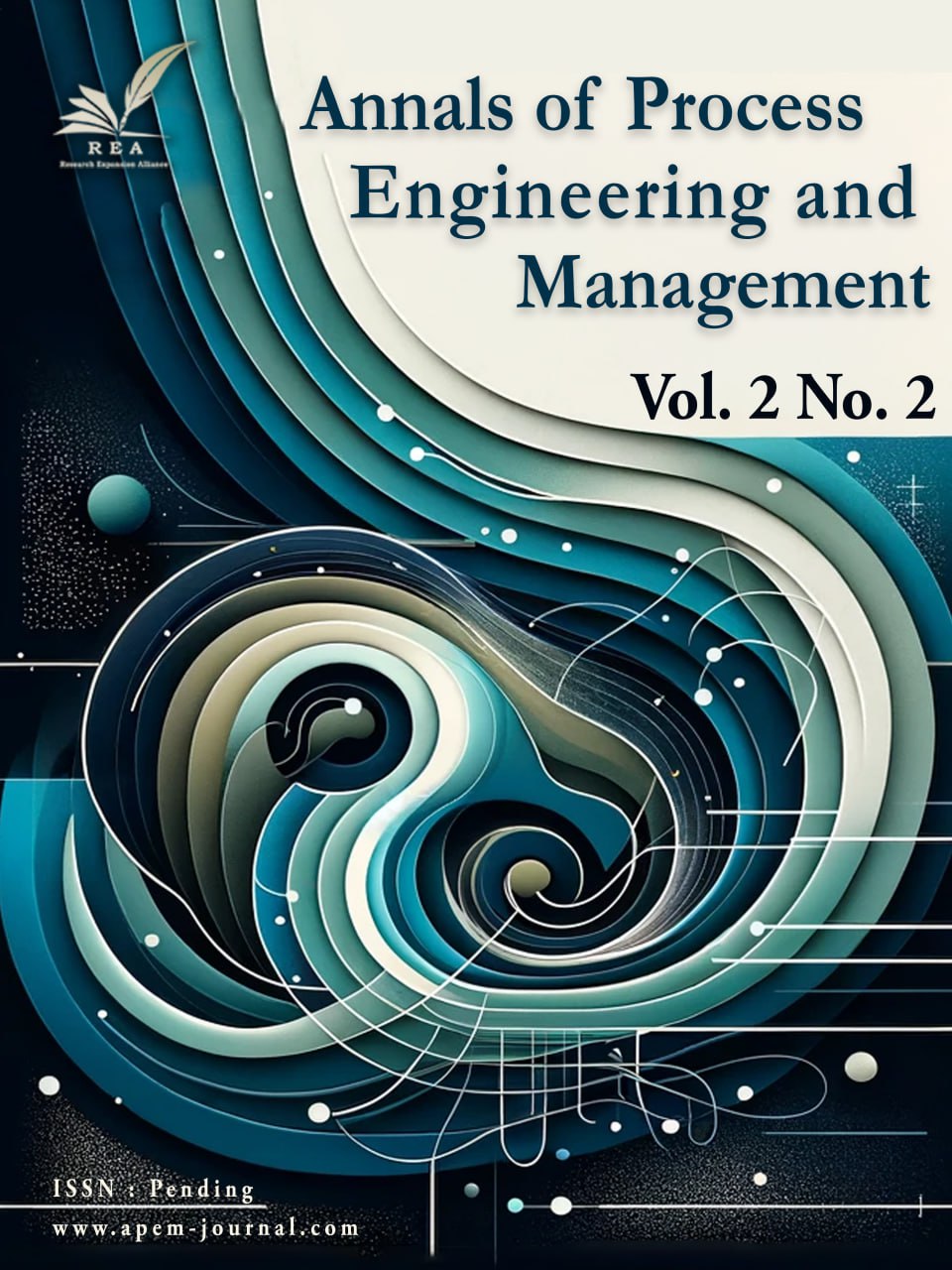Innovations and Cybersecurity Developments in Iranian Banks: A SWOT Analysis and Opportunity Comparison
Abstract
Given the rapid growth of information and the significant increase in cyberattacks in recent years, evaluating and analyzing the state of information security in Iranian banks has become a critical necessity. According to security reports, banking malware and financial fraud have witnessed substantial growth over the past decades. In light of the increasing complexity of cyber threats and the high velocity of emerging risks, traditional security strategies are no longer sufficient to meet the evolving needs of Iranian banks. In this study, we employ the Strengths, Weaknesses, Opportunities, Threats (SWOT) framework to assess and analyze the cybersecurity landscape in Iran’s banking sector. The use of SWOT enables us to formulate well-reasoned and evidence-based recommendations. Accordingly, this research utilizes SWOT analysis to identify effective solutions and robust strategic directions for strengthening cybersecurity in Iranian banking. Initially, we identify the internal strengths and weaknesses, as well as the external opportunities and threats that impact information security in Iranian banks. Based on the findings from the SWOT analysis, a set of strategic recommendations are proposed to enhance the cybersecurity posture of the country’s banking system.
Keywords:
Information security, SWOT analysis, Risk assessment, Threats and vulnerabilities, Electronic bankingReferences
- [1] Urbinati, A., Chiaroni, D., Chiesa, V., & Frattini, F. (2020). The role of digital technologies in open innovation processes: An exploratory multiple case study analysis. R&d management, 50(1), 136–160. https://doi.org/10.1111/radm.12313
- [2] Kshetri, N., Rahman, M. M., Sayeed, S. A., & Sultana, I. (2024). CryptoRAN: A review on cryptojacking and ransomware attacks wrt banking industry-threats, challenges, & problems. 2024 2nd international conference on advancement in computation & computer technologies (INCACCT) (pp. 523–528). IEEE. https://doi.org/10.1109/InCACCT61598.2024.10550970
- [3] Kaspersky. (2024). Cybermap: Statistics on the distribution of detected threats by country for month. https://cybermap.kaspersky.com/stats
- [4] International Telecommunication Union. (2024). Global cybersecurity index 2024. https://b2n.ir/fn6748
- [5] Sophos. (2024). The state of ransomware in financial services 2024. https://news.sophos.com/en-us/2024/06/24/the-state-of-ransomware-in-financial-services-2024/
- [6] Alghazo, J. M., Kazmi, Z., & Latif, G. (2017). Cyber security analysis of internet banking in emerging countries: user and bank perspectives. 2017 4th IEEE international conference on engineering technologies and applied sciences (ICETAS) (pp. 1–6). IEEE. http://dx.doi.org/10.1109/ICETAS.2017.8277910
- [7] Al-Alawi, A. I., & Al-Bassam, M. S. A. (2020). The significance of cybersecurity system in helping managing risk in banking and financial sector. Journal of xidian university, 14(7), 1523–1536. https://www.researchgate.net/publication/337086201
- [8] Sousa, R. D., Boranbayeva, A., Satpayeva, Z., & Gassanova, A. (2021). Management of successful technology transfer in agriculture: The case of Kazakhstan. Problems and perspectives in management, 19(3), 488–501. http://dx.doi.org/10.21511/ppm.19(3).2021.40
- [9] Akman, M. K. (2019). SWOT analysis and security management. European journal of management and marketing studies, 4(2), 78–89. http://dx.doi.org/10.46827/ejmms.v0i0.624
- [10] Yaşar, Ş. (2024). Integration of artificial intelligence in management accounting: A SWOT Analysis. Journal of business in the digital age, 7(1), 9–19. http://dx.doi.org/10.46238/jobda.1474352
- [11] Humphreys, E. (2016). Implementing the ISO/IEC 27001: 2013 ISMS standard. Artech house. https://books.google.com/books/about/Implementing_the_ISO_IEC_27001_2013_ISMS.html?id=Yy6pCwAAQBAJ
- [12] Möller, D. P. F. (2023). NIST cybersecurity framework and MITRE cybersecurity criteria. In Guide to cybersecurity in digital transformation: Trends, methods, technologies, applications and best practices (pp. 231–271). Springer. https://doi.org/10.1007/978-3-031-26845-8_5
- [13] Farwell, J. P., & Rohozinski, R. (2011). Stuxnet and the future of cyber war. Survival, 53(1), 23–40. http://dx.doi.org/10.1080/00396338.2011.555586
- [14] Grothoff, C., & Moser, T. (2021). How to issue a privacy-preserving central bank digital currency. http://dx.doi.org/10.2139/ssrn.3965050
- [15] Albrecht, J. P. (2016). How the GDPR will change the world. European data protection law review, 2, 287. https://doi.org/10.21552/EDPL%2F2016%2F3%2F4
- [16] Sunduk, T., Fadyeyeva, I., Yatsenko, O., & Pitel, N. (2024). Innovations and technological development in the financial sector of Ukraine: SWOT analysis and comparison of opportunities. Futurity economics&law, 4(1), 52–63. https://doi.org/10.57125/FEL.2024.03.25.04


